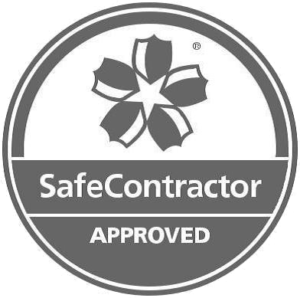Flea Pest Control Service
For any pet owner, discovering your fluffy little friend has picked up fleas and brought them into your home or business can be a very distressing development. Not only do fleas cause intense discomfort to your pet, but they can also transfer on to items in your home – and your own skin!
It’s also surprisingly common for fleas to make your house their home even if you don’t own pets. And given their ability to lay between 20-50 eggs per day after feeding, pest flea problems can spiral out of control rapidly unless you take urgent action. Fleas are very common in the UK, so there are plenty of simple tactics and solutions to help get your flea pest problem under control.
To help give you a better understanding about fleas and the problems they can cause you, DALPEST Pest Solutions experts have collated everything you need to know about pest fleas – including the signs of a flea infestation, tips to avoid them entering your property, and what to do if you suspect you have a problem.
Fleas are present throughout the year, but they are far more likely to be a nuisance in the summer. That’s because they thrive in temperatures ranging from 21-29°C, and humidity is necessary for flea eggs to hatch.
Fleas don’t do well in extreme climes – very high temperatures kill them and their offspring. Adult fleas also won’t survive if the thermometer drops below zero. However, in this instance, fleas in other stages of their life cycle will become dormant and wait for it to get warmer again.
These pesky parasites can find their way into your home or commercial premises at any time. This risk is heightened if you have pets or other animals frequent the property. It is also possible for fleas to have been brought into your property by previous tenants.
Be aware of the four main indicators you have a growing flea problem:
- Pets scratching: The most common first sign of fleas is your dog or cat relentlessly scratching, licking, or biting themselves as they try to deal with flea bite irritation.
- Flea droppings: Inspect your pet’s coat for any visible sign of fleas or “flea dirt” – the excretion of excess undigested blood. These small dark dots should be easily visible on light-coloured animals, or with dark-coloured animals you can brush them over a piece of paper.
- Flea bites on humans: Have you noticed small patterns of red, itchy bites, usually around your ankles or legs? Fleas also have a tendency to bite your arms if you have been holding a pet.
- Sightings on furniture: Fleas are able to jump over 100 times their body height and up to 200 times their own length. Once they’re in your home, it’s very possible to see them leaping around your furniture in between their blood meals.
How DALPEST pest solutions deal with fleas
Once you get in touch with our friendly team, highly-skilled DALPEST technicians will visit and carry out a thorough site survey to determine the level of flea infestation in the property.
Once this is established, we will carry out the most effective course of action to remedy the issue. Generally speaking, this will be a two-pronged approach. Initially we will clear and clean the affected areas, including vacuuming to rid carpets of as many fleas, eggs, and larvae as possible.
Options then include carrying out high temperature steam treatments using a Cimex Eradicator as a non-toxic method to eliminate eggs hidden in carpets and furnishings. Alternatively, we can undertake two-part insecticide treatments using a compression sprayer loaded with industrial-strength products which are only available to pest control professionals.
Finally, we will then advise you on what you need to do to ensure this treatment works properly and how to minimise the risk of them returning in the future.
What to do if you suspect you have a flea problem
Fleas can reproduce at an incredible rate, so you must not delay taking action if you think you have a problem. To get started, there are some simple steps you can take yourself to begin bringing a flea infestation under control. These include:
These are available in shops or online. It may also be worth you speaking with your vet about the best solution for your individual pet.
If fleas are likely to be present in the home, clear as much floor space as possible and hoover carpets and soft furnishings regularly. This will help suck up fleas, although their eggs will likely remain stuck. Just remember to safely empty the hoover into an outside bin right away.
High heat kills fleas, so put anything they’re likely to have found their way on to in the washing machine and use the hottest water possible.
We are experts in flea pest control and will safely and efficiently remove any infestation before advising you on how to stop fleas from returning.
Why choose Dalpest PEST SOLUTIONS?
Rapid response available - we get to you quickly
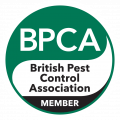
British Pest Control Association (BPCA) members

Highly-skilled, experienced pest control technicians
100% child, pet and environment friendly
Education, not just eradication

Five-star customer service for all pest problems
Why choose Dalpest pest solutions?
Rapid response available - we get to you quickly

British Pest Control Association (BPCA) members
100% child, pet and environment friendly

Highly-skilled, experienced pest control techs
Education, not just eradication

5-star customer service for all pest problems
Tips to avoid encouraging fleas in your property
As fleas are most likely to find their way into your home via pets, it’s important to maintain good levels of care and hygiene for your furry pal. There are also steps you can take to minimise the risk of them settling in for the long haul if they do manage to get past your front door.
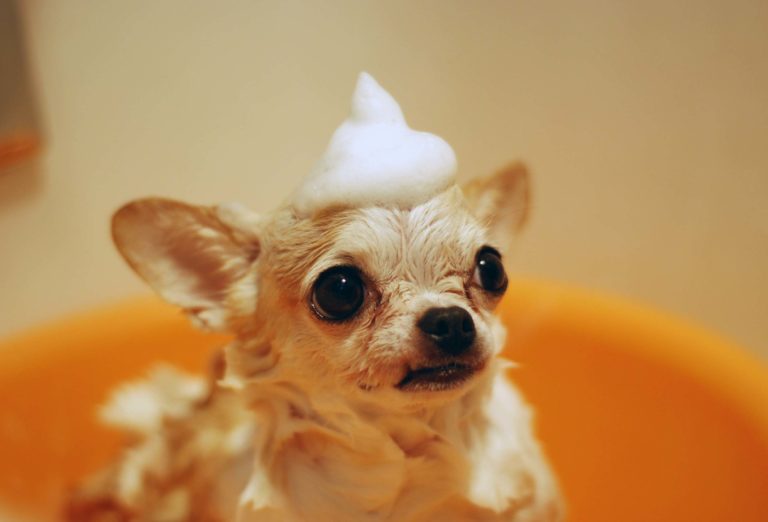
Clean or wash your pet as often as possible – as a side bonus, it’ll also keep them smelling fresh! We also advise brushing their fur before going indoors after a walk in order to comb out any fleas that have hitched a ride.
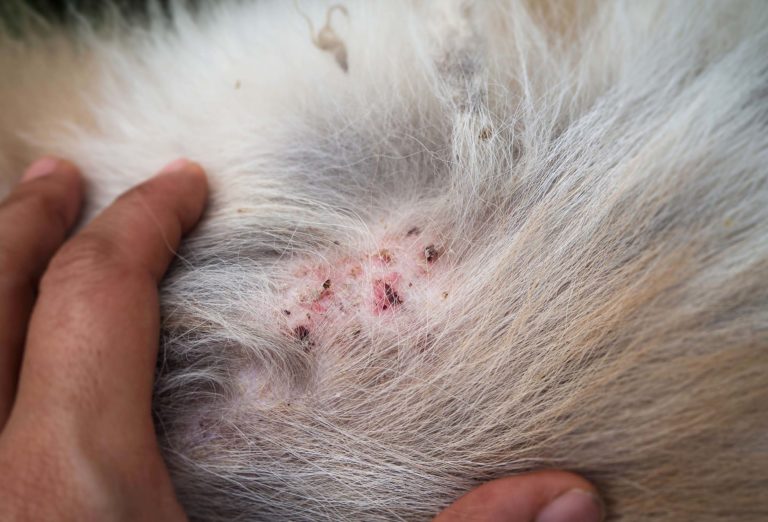
Do this regularly using quality, vet-approved products.

Fleas are killed at high temperatures, so wash any pet bedding, blankets, or other washable items they use in the hottest water possible.
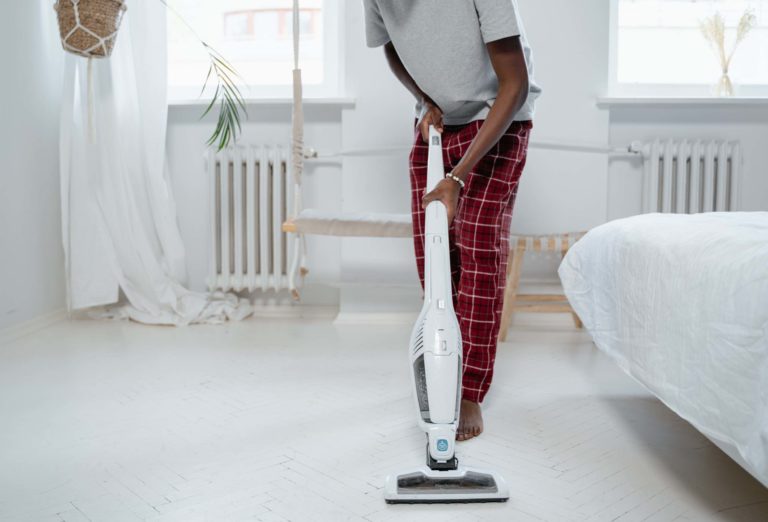
Fleas can jump from pets to carpets and soft furnishings, so frequently vacuum – paying close attention to areas your pet is around the most. Do this a few times per week if possible.

Keep on top of your gardening – cutting the grass, raking up leaves, and clearing away debris gives fleas fewer places to hide.
What are the dangers of fleas in your home and business?
Generally speaking, the health risks of having fleas in your home is low as they are not known to carry diseases that harm humans or pets. So for the most part, fleas are just an unhygienic nuisance which cause irritating bites to humans and animals alike.
However, some people may be allergic to flea bites. For these individuals, bites can turn into nasty rashes which develop into infections, aggravate respiratory illnesses, or in rare cases cause anaphylaxis – a life-threatening reaction.
For more information on treating flea bites, visit the specialist NHS website page.

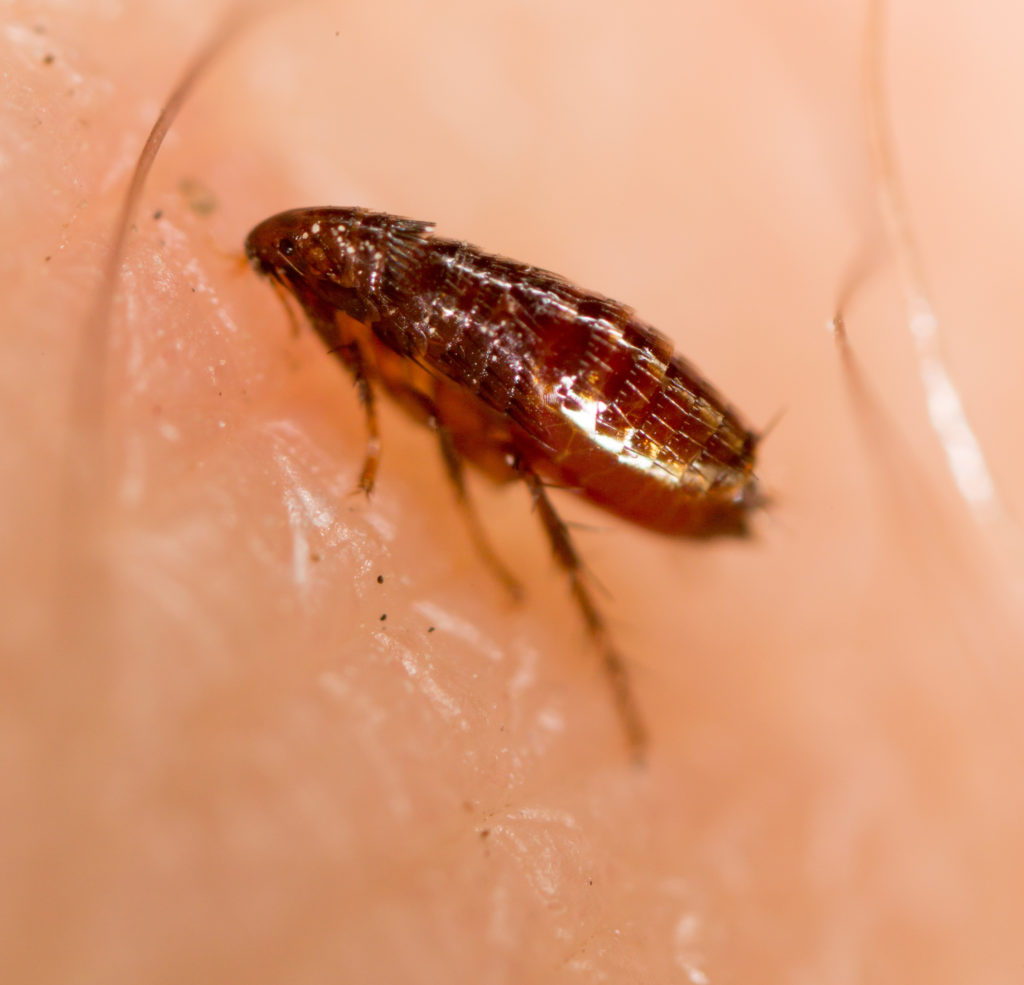
For pets, flea infestations mostly cause a great deal of discomfort and distress. But they too are prone to allergic reactions, so it’s important flea problems are tackled as soon as they’re noticed.
For hospitality businesses such as hotels and restaurants, the presence of fleas can be hugely damaging both financially and reputationally. Customer complaints, refunds, poor reviews, and a subsequent downturn in future bookings are all a genuine risk. This is a similar undesirable problem for any shop or workplace.
Facts about fleas
- The three main species of flea (Siphonaptera) in the UK are the cat flea (Ctenocephalides felis), dog flea (Ctenocephalides canis), and the very rare human flea (Pulex irritans).
- Adult cat fleas are a brown-black colour, around 3mm in size, and are the cause of 90-95% of infestations.
- Adult dog fleas are the same colour but slightly smaller, around 2mm in size.
- They appear to go more reddish in colour after a blood meal.
- Depending on their environment, a flea’s life cycle (egg, larva, pupa, adult) can take anywhere between two weeks and eight months.
- If fleas do not feed within seven days of hatching, they will die.
- Female fleas can live up to two years, laying between 800-1,500 eggs in their lifetime.








